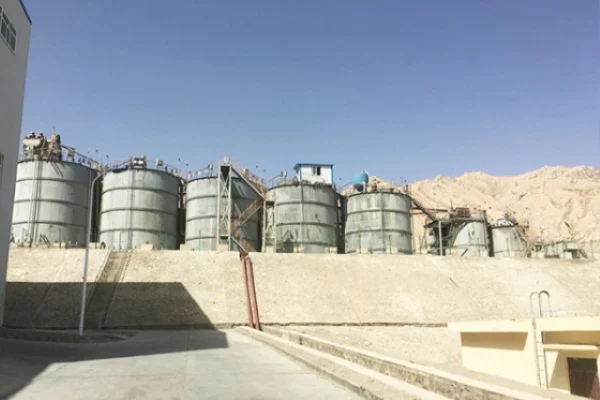
In the gold mining industry, the use of sodium cyanide is a critical process in extracting gold from ore. However, the high cost associated with cyanide, along with environmental and safety concerns, has spurred the need for optimization. This blog post explores strategies to optimize the application of sodium cyanide in gold mines, aiming to reduce costs and enhance operational efficiency.

The Current State of Cyanide Use in Gold Mining
Cyanide has long been the preferred reagent for gold extraction due to its effectiveness in dissolving gold from the ore. It forms a soluble complex with gold, allowing for easy separation. However, the process is not without its drawbacks. High consumption rates of cyanide not only increase costs but also pose significant environmental risks. Additionally, safety measures to handle this toxic chemical add to the overall operational expenses.
Strategies for Optimizing Cyanide Usage
Ore Pretreatment
One of the key ways to optimize cyanide use is through proper ore pretreatment. Different types of ores have varying degrees of amenability to cyanidation. By subjecting the ore to processes such as roasting, pressure oxidation, or bioleaching before cyanidation, the gold can be made more accessible. For example, refractory ores, which contain sulfide minerals that encapsulate gold, can be roasted to break down the sulfides and release the gold. This pretreatment reduces the amount of cyanide required for extraction, as the gold is more readily available for complexation.
Process Control and Monitoring
Advanced process control systems can significantly improve the efficiency of cyanide usage. Real-time monitoring of parameters such as pH, redox potential, and cyanide concentration in the leaching solution allows for precise control. Maintaining the correct pH level is crucial, as cyanide is most effective in a slightly alkaline environment. If the pH is too low, cyanide can be lost through volatilization as hydrogen cyanide gas. On the other hand, if the pH is too high, the solubility of gold-cyanide complexes may be affected. Redox potential monitoring helps ensure that the oxidation state of the solution is optimal for gold dissolution. By adjusting these parameters in real-time, the amount of cyanide added can be optimized, reducing waste and improving gold recovery.
Alternative Reagents and Technologies
The exploration of alternative reagents to cyanide is an area of active research. Some potential alternatives include thiosulfate, thiourea, and certain amino acids. Thiosulfate, for instance, offers a more environmentally friendly option as it is less toxic than cyanide. Although it has its own challenges, such as complex reaction kinetics and the need for specific conditions, continued research and development may lead to more widespread use. Additionally, emerging technologies like electrooxidation and microwave-assisted extraction show promise in reducing the reliance on cyanide. These technologies can selectively dissolve gold from the ore without the use of large amounts of toxic chemicals.
Recycling and Recovery of Cyanide
Implementing cyanide recycling and recovery systems can also lead to significant cost savings. After the gold has been extracted, the remaining solution contains unreacted cyanide. By using processes such as ion exchange, membrane filtration, or chemical precipitation, the cyanide can be recovered and reused. This not only reduces the amount of fresh cyanide that needs to be purchased but also minimizes the environmental impact associated with cyanide disposal.
Cost and Efficiency Benefits
The optimization of cyanide usage in gold mining brings about several cost and efficiency benefits. Firstly, reducing cyanide consumption directly cuts down on reagent costs, which can be a significant portion of the overall mining expenses. Secondly, improved gold recovery rates due to optimized processes increase the amount of gold produced per unit of ore, enhancing the revenue stream. Thirdly, by minimizing environmental and safety risks associated with cyanide, companies can avoid costly fines and potential disruptions to operations. Overall, these improvements contribute to a more sustainable and profitable gold mining operation.
In conclusion, optimizing the application of sodium cyanide in gold mines is essential for achieving cost reduction and efficiency improvement. Through ore pretreatment, advanced process control, exploration of alternative reagents, and cyanide recycling, the gold mining industry can move towards a more sustainable and economically viable future.
- Random article
- Popular articles
- Popular comments
- Iron ore reverse flotation process
- Gravity combined beneficiation process for wolframite ore
- Floatability flotation process for lead-zinc ore
- Combined process of laterite nickel ore selection and smelting(oxidized ore)
- Lithium ore heavy medium beneficiation process
- Zirconium Ore Separation: Gravity and Magnetic Methods
- Effective Gravity Beneficiation for Chromium Ore





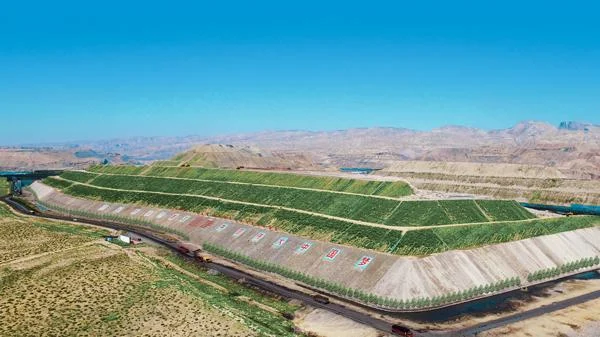
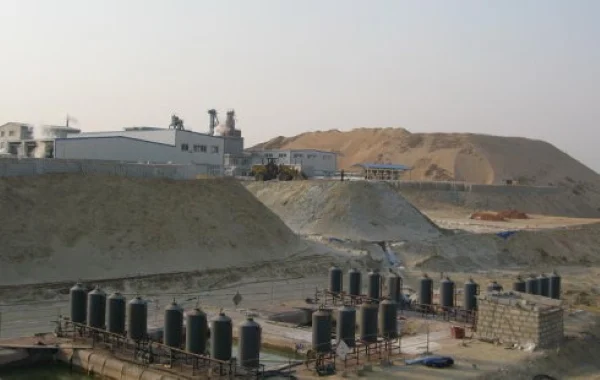
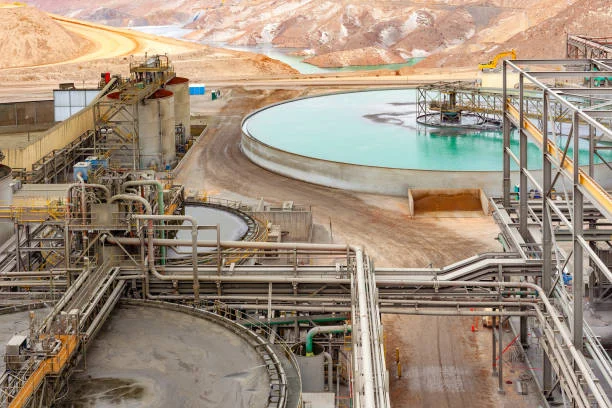
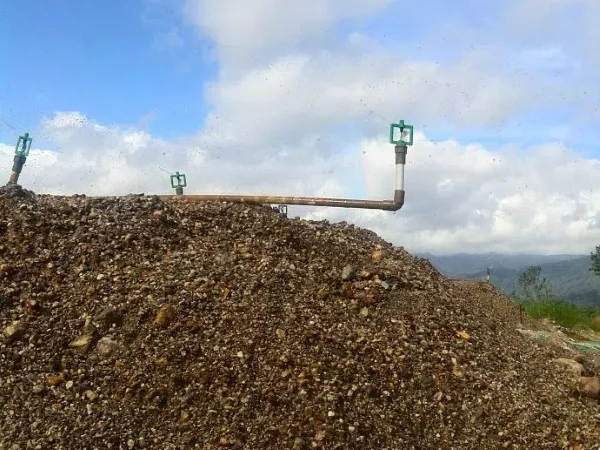



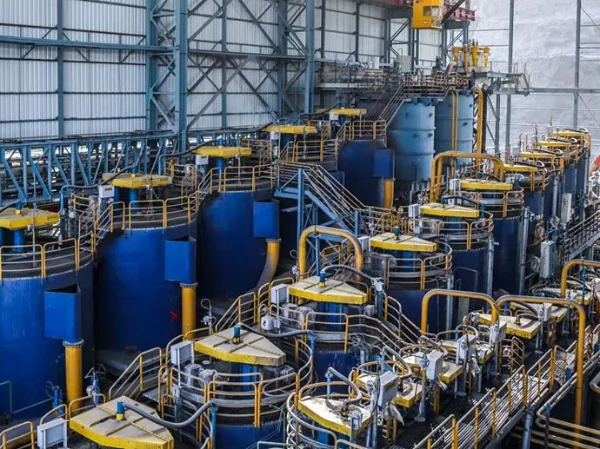
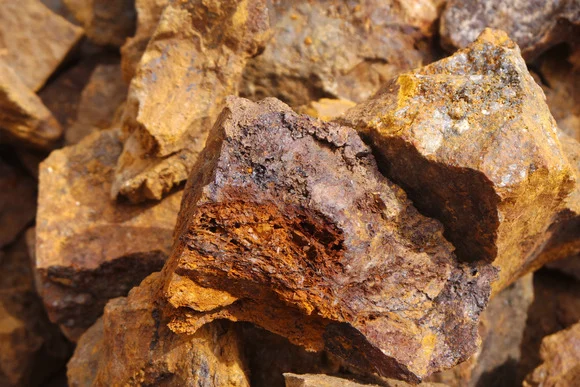

Leave a message with your needs or comments
Add comment: